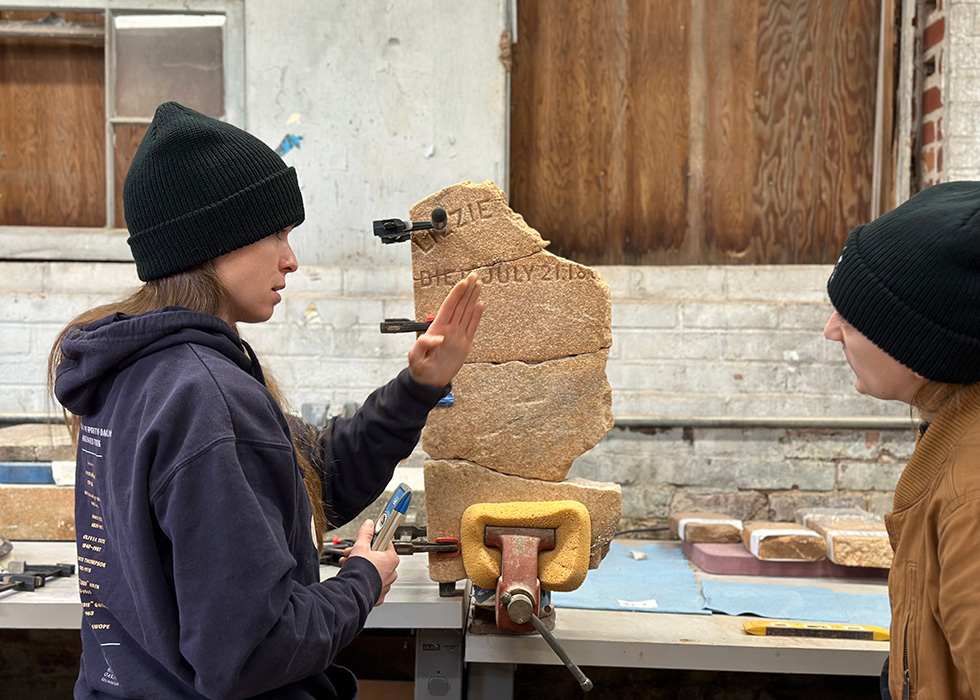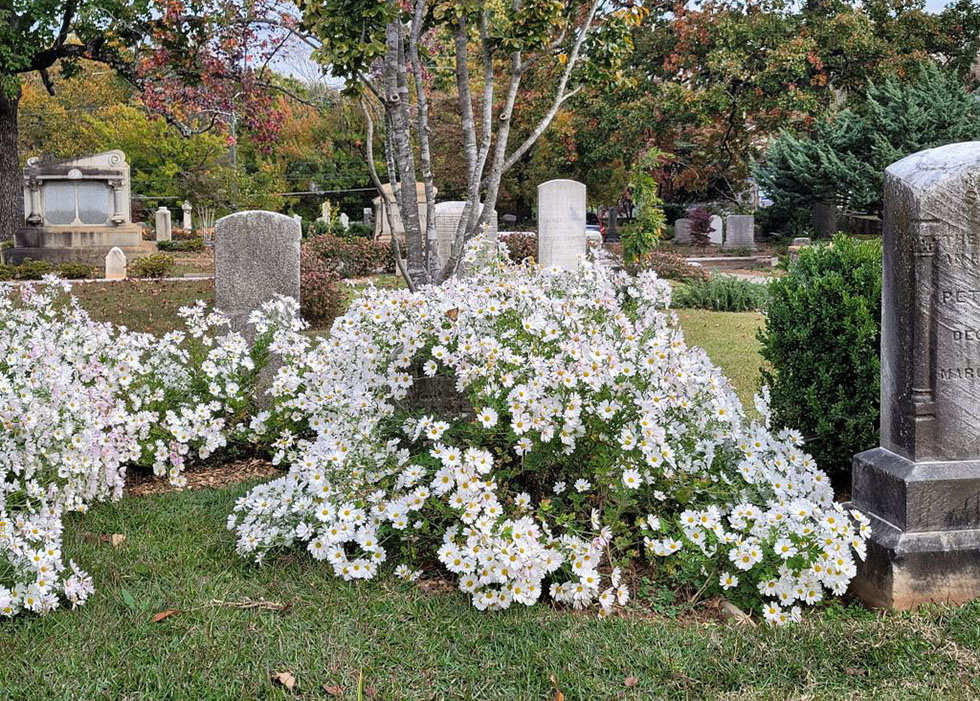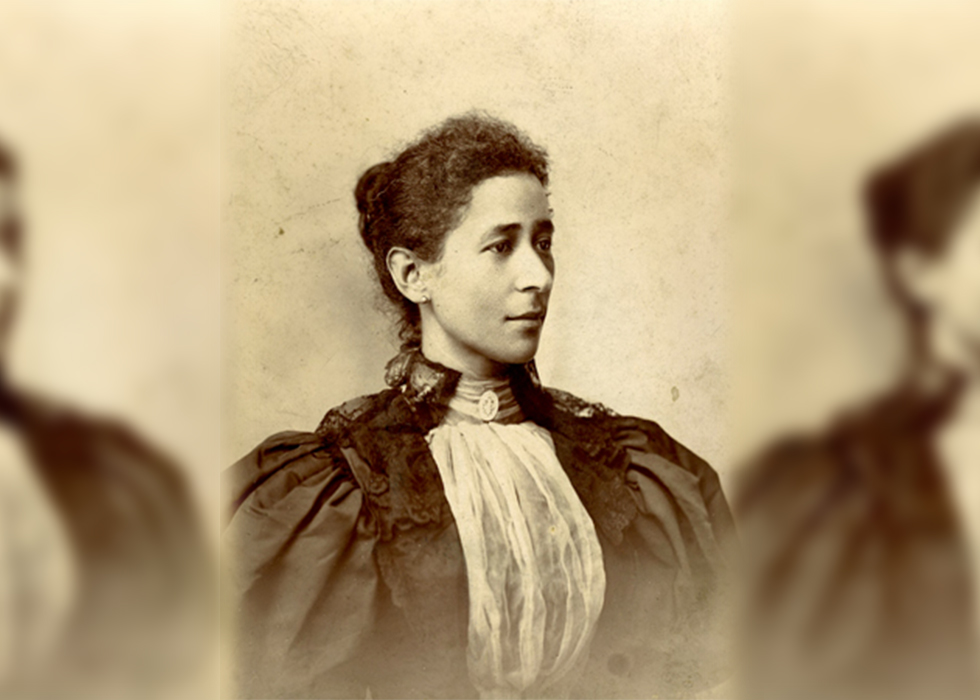
It’s a Man’s World Unless Women Vote
The 1848 Seneca Falls Convention in New York marked the first women’s rights convention, but the woman’s suffrage movement did not gain a foothold in Georgia until well after the Civil War. Before Emancipation, almost all suffrage advocates supported the abolition of slavery. The connection between abolition and suffrage was one of several reasons why many white Southerners dismissed the call for women’s rights in the slave-owning South. After the Civil War, the Reconstruction amendments were adopted to guarantee freedom to former enslaved persons, address citizenship and equal protection, and prevent voting discrimination. As white Southerners sought to erode the power of these amendments and enforce segregation, any further discussion of freedom, civil liberties, and universal human rights was dismissed.

By the 1890s, however, Georgia women were expressing their desire for the right to vote and equal representation under national law. The first Georgia branch of the National American Woman Suffrage Association (NAWSA) was founded in Columbus in July 1890. Led by Helena Augusta Howard, this group advocated suffrage and inspired others to fight for the rights of Georgia women. Several influential Atlantans, such as Oakland resident Emily MacDougald Inman, championed the suffrage movement by forming the Equal Suffrage Party (ESP). The ESP produced leaflets and sponsored suffrage parades through Atlanta in the early 1900s. Georgia’s suffragists began demonstrating in 1914. Their first rally in Atlanta was led by Jane Addams, a progressive social reformer and activist, who called on the Georgia legislature to act.

Segregated Suffrage
In the South in the early twentieth century, suffrage for women almost always meant suffrage for white women. Many of suffrage organizations, like ESP and NAWSA, excluded black women both in their message and membership. White suffragists often expressed their dissatisfaction and outrage that Black men had been given the right to vote before white women with the ratification of the 15th amendment in 1870.
This rhetoric of white supremacy within many suffrage organizations forced African American suffragists to form separate organizations. The National Association of Colored Women (NACW) formed in 1896 and became the largest federation of local black women’s clubs. African American activists in Georgia, such as Adella Hunt Logan and Mary McCurdy, called for Black women to embrace the NACW’s motto “Lifting as We Climb” and fight to improve the status of African Americans.
Opposition
A chapter of the National Association Opposed to Woman Suffrage formed in Macon in 1914. Mildred Lewis Rutherford, the historian general of the United Daughters of the Confederacy, led the group to oppose the first suffrage hearings in Atlanta. Rutherford and her other opposers of suffrage argued that the vast majority of women were comfortable within their traditional duties and felt represented by their husbands, while only a vocal few wanted the right to vote. The opposition party represented a conservative base who saw suffragists as “unwomanly” and that their protests and political action defied female behavior. Members of the Georgia legislature agreed and voted against suffrage in hearings in 1914.
Undeterred, pro-suffrage groups continued to hold demonstrations and rallies in the state. In 1915, several hundred suffragists gathered at the state capitol for speeches and held a march with “Votes for Women” banners following Atlanta’s Harvest Festival celebration.

The Race Towards Ratification
Despite the efforts of opposition groups, the 19th Amendment passed in the U.S House and Senate in 1919. The amendment prohibits states and the federal government from denying the right to vote to citizens of the United States based on sex. Once passed, thirty-six states were needed to ratify the Senate’s motion to amend the Constitution. Suffrage leaders organized to push ratification through state legislatures across the country. This proved to be difficult in several Southern states. Georgia and Alabama were the first states to defeat ratification. Emboldened, Mildred Lewis Rutherford and other anti-suffrage speakers mobilized to encourage more states to reject the amendment. But their efforts were short-lived. On August 18, 1920, Tennessee became the thirty-sixth state to ratify the 19th amendment.
The Fight Continues
The 1922 midterm election was the first election in which Georgia women were able to vote. But through voter suppression tactics (such as the literacy test, which was enacted in 1907 by Oakland resident Governor Hoke Smith), thousands of Black men and women remained disenfranchised in Jim Crow Georgia well into the mid-20th century.
Mass protests in the early 1960s targeted white supremacy, segregation, discrimination, and voter suppression. In Atlanta, Black leaders and students staged sit-ins to desegregate lunch counters, marched in non-violent protests, and boycotted segregated businesses. On August 6, 1965, President Lyndon B. Johnson signed the Voting Rights Act into law, prohibiting racial discrimination in voting procedures. The Voting Rights Act and other civil rights legislation ushered in a new phase in the fight for racial equality which continues to this day.



